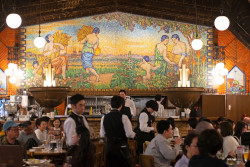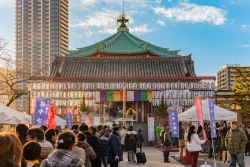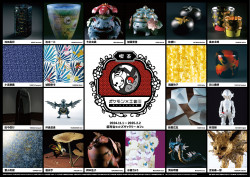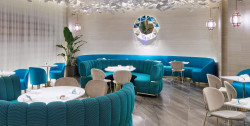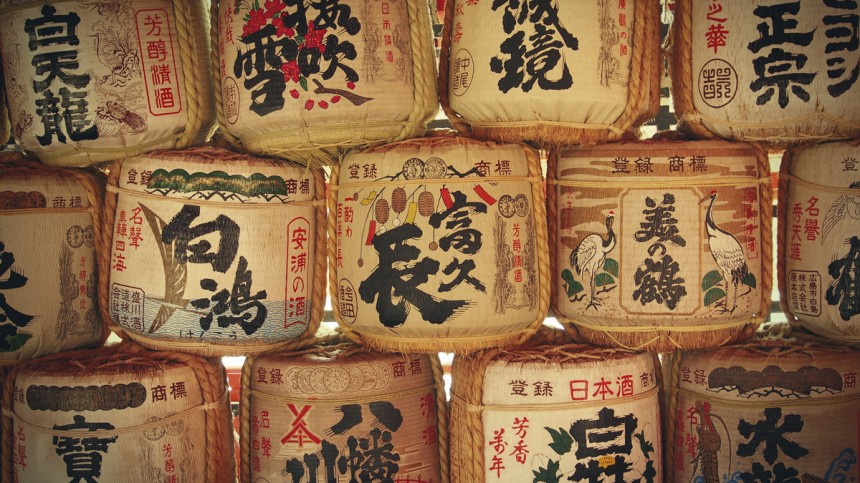
October 3, 2014
Saving Sake
Local producers must choose between going abroad and going extinct
The three “s” words roll off the tongue, and are, of course, associated: sake, sashimi and sushi. But of the three, sake is the most intrinsically bound to Japanese culture. Better termed nihonshu, sake was already being brewed at the time of the Crusades. It’s mentioned several times in the Kojiki, the first written record of Japanese myths and customs compiled in 712 A.D., and like wine, sake has religious associations arising from its use in certain Shinto ceremonies. From the 12th to 15th centuries, temples and shrines became its principal producers.
This long and distinguished history may, conversely, be part of the reason why in recent decades younger people have turned away from sake in favor of other alcoholic beverages. Domestic sake consumption has fallen to well less than half of its peak of 1.4 million kiloliters in 1973; a spike resulting from efforts to support sake-producing regions hit by the 3/11 earthquake won’t permanently reverse the trend.
Japan’s population skews old. And members of the older generations, of whom there are fewer each year, drink sake.
For younger drinkers, it’s anything goes. Without breaking a sweat I can find, at several local emporiums, absinthe, advocaat (Dutch egg liquor), Pernod and even Spirytus from Poland (98 percent rectified alcohol—when I was growing up we called that kind of stuff “torpedo juice”).
Of course, drinks always come in and out of fashion. In the late ’70s and early ’80s it was impossible to avoid a Tequila Sunrise. Jägermeister, now a staple of any well-stocked bar, also went through a long slump where it was dismissed as old-fashioned. Rye whisky has even been making a comeback after several decades in the dark.
Much of this is marketing. When a new product comes out, brewers and distillers aren’t going to pitch it to drinkers who’ve had decades to develop their tastes—they’ll pitch young, hoping to catch the hearts of consumers who will line their pockets for decades to come. The fad mentality is only accelerated in Japan, where even beer, candy and soft drinks have seasonal variations, putting a stable perennial like sake at a permanent disadvantage.
Japan lives or dies as a trading nation, and this has a direct effect on sake. Sake is brewed from one of over 80 specialized types of rice, and not just a little of it: the quality of the finished product is largely determined by how much of the grain is polished off prior to brewing. For high-end ginjo sake, that means at least 40 percent of each grain is milled away—or 50 percent for top-quality daiginjo.
With very high tariffs on imported product, rice is arguably the most protected industry in Japan, leaving the home sake market all but impervious to foreign incursion. As a result, sake brewers, with a few exceptions, never had to think beyond their local markets. A few forward-thinking brewers cultivated overseas ties in the ’90s, but the main sake exports, handled by a few big breweries, were to Japanese restaurants abroad.
Yet it’s not impossible to imagine sake gaining general acceptance abroad in the same way sushi already has, found as it now can be in the food court of any Western shopping mall. There’s a market for it outside Japan, both for being drunk unmixed and used as a mixer (sake mixes well, as the legendary Saketini has proven).
I began to learn to distinguish between the different types of sake when living in Berkeley, California, where the first U.S. sake was being brewed. They were far ahead of their time: in the early ’80s, they were already touting sake in mixed drinks, such as hot spiced apple cider. In ’90s New York, some friends and I even discovered a sake bar near the United Nations. Frequented by U.N. delegates, its location under a large parking garage made it a perfect place for informal discussions. It also happened to stock close to 200 varieties of sake—far more than any of us realized existed, with a tasting menu that rotated constantly. While these are isolated examples, they may also represent a blueprint for the future.
Craft beer and some artisanal liquors have found both domestic and foreign markets. Top-tier Japanese whiskey is now as prized as that of any of the other prestige market (Don’t believe me? Check the companion piece). So why can’t sake achieve the same specialization?
Sake makers, particularly the smaller breweries, have for years been doing the same thing as artisanal spirit makers: 850-year-old Sudo Honke Shuzo brews from a unique strain of rice that dates back 20 centuries; Kamoki Sake Brewery in Hiroshima produces a reddish sake from completely unmilled rice, flouting tradition. And among real sake lovers, the water used for brewing alone is indicative of the taste particular to a region, every bit as much as the French will claim terroir for particular wines. The nansui (soft water) of Hiroshima and Fukushima gives very different results from the mineral-heavy kosui (hard water) favored in the rest of the nation.
The hardest part will be for the smaller, more innovative breweries to get their product into that elite group of ingredients that mixologists and even chefs reach for when they need something that is pure, distinct, and adds just the right notes to a drink or sauce. The Japanese government is using programs such as the Japan External Trade Organization (JETRO) to do just that. It means accepting adaptation and innovation: sake and steak, sake and tacos, sake infused with vanilla or pepper—even rediscovering classics like what was called tamagozake, or Japanese eggnog. It will mean being part of a very different ecosystem than exists in Japan. And it will also mean survival.
